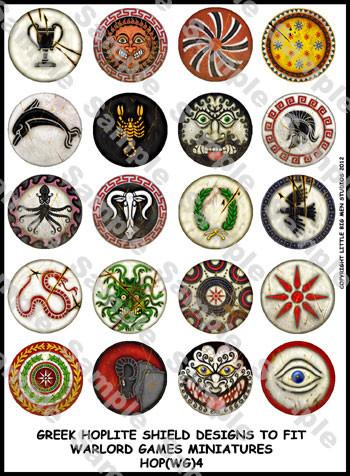
He threw himself into his work – almost consumed by it – and eventually discovered a formula for Starlite. Maurice was so shocked by this tragedy that he set out to see if he could create a substance that could withstand intense heat without emitting toxic smoke or gasses.

Ward binned it and forgot all about it until he saw a news report in 1985 about the British Airtours plane that suffered an engine fire costing the lives of 55 passengers. But he ended up with a failed extruder material that was little more than scrap. The more Ward tried out his new toy, the more he lost his passion for hairdressing. Almost immediately he began to dabble with it. This cumbersome machine was a system that would develop plastic cross-sections and took up a lot of space within his factory. The adroit businessman bought an extruder from Imperial Chemical Industries (ICI). One thing led to another when Ward branched out into a plastics recycling business. It was really downstream from that as to how I came about making up the compositions and the formulations in the actual materials which we’ve used in Starlite.” Need For a New Thermal Barrier

#Hoplite shield material how to#
I had about 20 years hairdressing, and it took me about three years to learn how to do coloring. We used to do coloring in the early days. I think it was my experience in hairdressing that really brought it together. “I think I probably asked around a little bit, and I may have done a bit of reading, but I had to find my way around the type of materials that we needed to use, which wasn’t easy. The talk show host Steven Rinehart interviewed Maurice Ward around 2009, and this is what Ward had to say about how his background led to Starlite: The hairdresser had never attended university, nor did he have any formal training in chemistry. With his wife, Eileen, and four daughters, he ran a salon that was immensely popular, and customers would flock from across the north of England. He had spent many years learning to design and mix his own hair dyes, and the confident Ward would brag that his heads could never be copied. From Hairdressing to StarliteĪs a hairdresser, Maurice had earned local renown. But, it wasn’t the heat or flames that killed them. In 1985, fifty-five people perished aboard a British Airtours plane within 40 seconds after the start of a fire during take off. He was a simple hairdresser from Hartlepool in Yorkshire, England, who wanted to make the world a better, safer place. Scientists have always been able to identify problems and find ingenious ways to overcome them. It was discovered in 1830 near Bomarzo in Lazio, central Italy.Maurice Ward invented the mysterious heat resistant plastic, Starlite, in 1986. Such shields did not tend to survive the passage of time very well, and only one aspis has survived into modernity with sufficient preservation to allow us to determine the details of its construction: this shield is called the "Bomarzo" or "Vatican" shield, and it is currently located in the Vatican, within the Museo Gregoriano Etrusco. That the shield was convex made it possible for warriors to use it as a flotation device for crossing rivers, and its large round shape allowed it to be used for hauling the bodies of the dead from the battlefield. They were designed for a mass of hoplites to push forward into the opposing army, a move called othismos, and it was their most essential equipment. The shield rested on a man's shoulders, stretching down to the knees. This allowed hoplites more mobility with the shield, as well as the ability to capitalize on their offensive capabilities and better support the phalanx. Known as an Argive grip, it placed the handle at the edge of the shield and was supported by a leather or bronze fastening for the forearm at the center, known as the porpax. The revolutionary part of the shield was, in fact, the grip. This large shield was made possible partly by its shape, which allowed it to be supported comfortably on the shoulder. The aspis measured at least 0.9 metres (2 ft 11 in) in diameter and weighed about 7.3 kilograms (16 lb), and it was about 25–38 millimetres (0.98–1.50 in) thick.

In some periods, the convention was to decorate the shield in others, it was usually left plain. Some had a thin sheet of bronze on the outer face, often just around the rim.

Construction Īn aspis was deeply dished and made primarily of wood.
#Hoplite shield material full#
Hoplitodromos with aspis and full body armour depicted in a Greek vase dated to 550 BC.Īn aspis ( Ancient Greek: ἀσπίς, plural aspides, ἀσπίδες), or porpax shield, sometimes mistakenly referred to as a hoplon ( Greek: ὅπλον) (a term actually referring to the whole equipment of a hoplite), was the heavy wooden shield used by the infantry in various periods of ancient Greece.


 0 kommentar(er)
0 kommentar(er)
